Lesvos - The magic of migration
Saturday 26h April – Saturday 3rd May 2014
The Greek Island of Lesvos or Lesbos is renowned for its ancient history, incomparable natural  beauty and tradition of hospitality. Situated just a few miles off the Turkish coast in the Aegean Sea, this stunning island has become known by birders as one of the best locations in Europe to witness spring migration. Our base in the small fishing village of Skala Kalloni is perfectly located beside some wonderfully bird-rich habitats, including a reed-fringed pool next to our hotel. The rest of the island with its varied countryside, historic villages and friendly people can be easily explored. Whether searching out the island’s special birds, such as Kruper’s Nuthatch and Cinereous Bunting, or marvelling at the continual stream of fabulous migrants, you will soon be captivated by the magic of Lesvos. From the flower filled meadows and roadside orchids to gorgeous butterflies, sparkling rivers and lakes, wooded valley’s, picturesque fishing villages alongside beautiful golden beaches, this island has it all and to this we add a wealth of resident and migrant birds that will have you longing to return.
beauty and tradition of hospitality. Situated just a few miles off the Turkish coast in the Aegean Sea, this stunning island has become known by birders as one of the best locations in Europe to witness spring migration. Our base in the small fishing village of Skala Kalloni is perfectly located beside some wonderfully bird-rich habitats, including a reed-fringed pool next to our hotel. The rest of the island with its varied countryside, historic villages and friendly people can be easily explored. Whether searching out the island’s special birds, such as Kruper’s Nuthatch and Cinereous Bunting, or marvelling at the continual stream of fabulous migrants, you will soon be captivated by the magic of Lesvos. From the flower filled meadows and roadside orchids to gorgeous butterflies, sparkling rivers and lakes, wooded valley’s, picturesque fishing villages alongside beautiful golden beaches, this island has it all and to this we add a wealth of resident and migrant birds that will have you longing to return.
Targets:
|
|
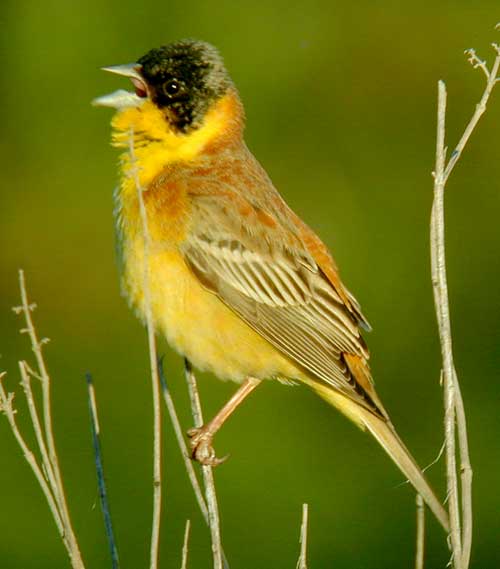 After our flight from UK to Mytiline, the capital of Lesvos, we will make our way to the small fishing village of Skala Kalloni where our hotel is situated beside a small reed-fringed pond, often a magnet for waterbirds and marsh terns. If we have time before dinner we will make a short excursion to see how the spring migration of countless birds is progressing.
After our flight from UK to Mytiline, the capital of Lesvos, we will make our way to the small fishing village of Skala Kalloni where our hotel is situated beside a small reed-fringed pond, often a magnet for waterbirds and marsh terns. If we have time before dinner we will make a short excursion to see how the spring migration of countless birds is progressing.Based in the perfect location to explore this wonderfully scenic island we can enjoy short drives to a variety of habitats that can all attract overwhelming numbers of migrants! If conditions are right you can witness breathtaking falls of birds and its not unusual to see hundreds of Red-backed Shrikes or Black-headed Buntings, or up to fifty Red-footed Falcons perched along telegraphs wires. From the moment you step outside the hotel door you will be in bird heaven! The pool beside our hotel can be alive with Whiskered, White-winged and Black Terns hawking insects just a few metres in front of us. A further search of reedy edges can produce Glossy Ibis, White Stork, Little Bittern, Squacco Heron, Garganey, Black-winged Stilts, and occasionally something more unusual such as Great Bittern, Great Snipe or Spotted Crake. Streams of Barn Swallows can often be accompanied by a few Red-rumped Swallows, plus Sand Martins and wheeling flocks of Common Swift that could have Alpine and Pallid amongst them. Yellow Wagtails of several very distinct races including the very smart Black-headed will vie for our attention, while Spanish Sparrows, Turtle Doves and a raptor or two will see the first hours of birding all you had hoped for!
We will only have short distances to travel with some of the best sites literally on our door step. The east and west rivers with their weedy tamarisk-lined banks can hold a whole host of interesting species. Depending how shallow the river is it can attract endless numbers of
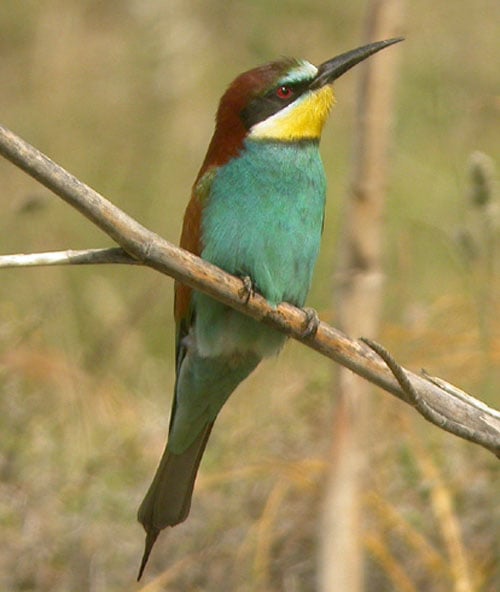 waders including Wood Sandpipers, Green and Common Sandpipers, Little Ringed Plover, Ruff, Temminck’s and Little Stints, plus Squacco Herons, White and Black Storks, Little and Great White Egrets, Black-crowned Night-herons, Gull-billed Tern and the elegant Ruddy Shelduck. Along the edges lined with tamarisk we can look for Common Nightingale, Eastern Olivaceous, Great Reed and Cetti’s Warblers. Sometimes we get Savi’s and River Warblers here and by the end of the week the superb Black-headed Bunting and flocks of dazzling European Bee-Eaters will have appeared.
waders including Wood Sandpipers, Green and Common Sandpipers, Little Ringed Plover, Ruff, Temminck’s and Little Stints, plus Squacco Herons, White and Black Storks, Little and Great White Egrets, Black-crowned Night-herons, Gull-billed Tern and the elegant Ruddy Shelduck. Along the edges lined with tamarisk we can look for Common Nightingale, Eastern Olivaceous, Great Reed and Cetti’s Warblers. Sometimes we get Savi’s and River Warblers here and by the end of the week the superb Black-headed Bunting and flocks of dazzling European Bee-Eaters will have appeared.Between the East River and the nearby saltpans several arable fields can attract flocks of Marsh and Montagu’s Harriers and occasionally we see a few ghostly Pallid Harriers, as well as gorgeous groups of Collared Pratincoles, Lesser Grey and Woodchat Shrike, European Roller, Little Owl, and anywhere between one and fifty Red-footed Falcons. Crested Larks and Corn Buntings are common and the area always holds a surprise or two. Driving on to the saltpans we will see many more wading birds with Wood Sandpiper the most common, we will search for elegant summer-plumaged Marsh Sandpipers, stunning plum-coloured Curlew Sandpipers, close views of Temminck’s and Little Stints, Kentish Plover, huge flocks of Ruff, Spotted Redshank, Pied Avocet, Little Gull, Spoonbill, Greater Flamingos and the motionless Stone Curlew. Over the years we have seen Dalmatian Pelican, Spur-winged Plover, Cream-coloured Courser, Black-winged Pratincole and Caspian Plover so once again we could have a nice surprise! This area is traditionally a good spot to see the attractive Ruddy Shelduck and surrounding sheep fields can hold flocks of Greater Short-
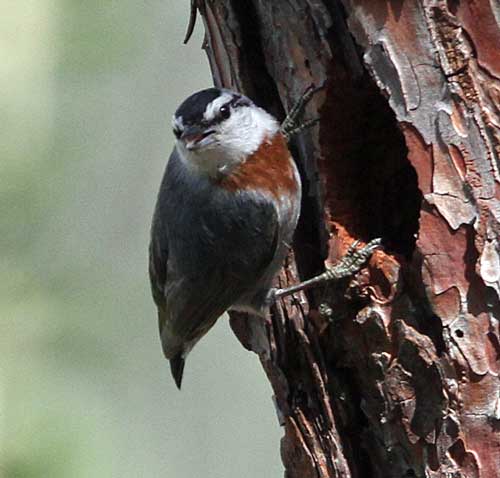 toed Lark, Tawny Pipit, Citrine Wagtail and Red-throated Pipits with beautiful brick-red throats. Up to four races of Yellow Wagtail will keep us working hard and we will constantly keep an eye out for raptors and terns passing overhead. This is a great place for seeing some of the more unusual species such as Caspian Tern, Hobby, Short-toed Eagle, Honey Buzzard, Golden or even Lesser or Greater Spotted Eagle.
toed Lark, Tawny Pipit, Citrine Wagtail and Red-throated Pipits with beautiful brick-red throats. Up to four races of Yellow Wagtail will keep us working hard and we will constantly keep an eye out for raptors and terns passing overhead. This is a great place for seeing some of the more unusual species such as Caspian Tern, Hobby, Short-toed Eagle, Honey Buzzard, Golden or even Lesser or Greater Spotted Eagle. Heading inland from the salt pans we drive into a beautiful wooded valley full of oaks and olive trees. It is here that we should see our first Masked Shrike, Sombre Tit and Middle-spotted Woodpecker, Pied Flycatcher, Long-legged Buzzard or even a Rufous Bush Robin. As Hoopoes lazily drift by and Golden Orioles fill the valley with their fluty calls we will look for the shy and difficult Olive-tree Warbler, a bird that is a late arrival and only really possible towards the end of our stay.
As we continue on towards the wild rocky north coast we will make a few stops to look for breeding Ruppell’s Warbler and Eastern Orphean and Bonelli’s Warblers, plus Blue Rock Thrush, Black-eared Wheatear, Peregrine Falcon, Goshawk, Crag Martin, Rock Nuthatch, Alpine Swift, and along the coastline the rare Audouin’s Gull, and flocks of Yelkouan Shearwaters with even the possibility of Scopoli’s Shearwater. With views of the Turkish coast in the distance this area sees many migrants leaving the island and can 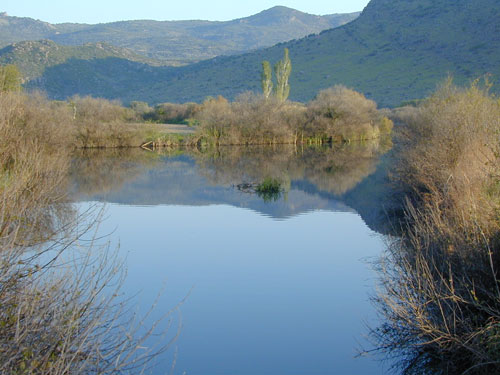 be a great place to find Ortolan Bunting, Hobby or something a little unusual such as Thrush Nightingale, Rufous-tailed Rock-thrush, Great-spotted Cuckoo or the rare White-throated Robin.
be a great place to find Ortolan Bunting, Hobby or something a little unusual such as Thrush Nightingale, Rufous-tailed Rock-thrush, Great-spotted Cuckoo or the rare White-throated Robin.
The western side of the island with its arid volcanic hillsides is home to one of the birds everyone wants to see, the rare Cinereous Bunting. Lesvos represents one of the best places in the world to see this little-known species, and we hope to find them singing from the rock strewn hillside. Here too are Cretzschmar’s Bunting, Rock Sparrow, Isabelline and Black-eared Wheatears, Blue Rock Thrush and more chances for Rock Nuthatch.
Ipsilou Monastery is one of our favourite picnic stops, set on top of a small hill we can enjoy superb views of the west coast and if weather condition are right it receives amazing falls of migrant birds; we saw a flock 27 Levant Sparrowhawks very low over our heads on one tour! And often get Honey and Long-legged Buzzard, Short-toed Eagle, plus the surrounding trees, bushes and rocky ground can hold Collared, Spotted, and occasionally Semi-collared or Red-breasted Flycatchers, Golden Orioles, Chukar, Wood Lark, Wood, Eastern Bonelli’s, Icterine, Barred and other warblers. This is also a good spot for butterflies with Eastern Festoon nearly always present.
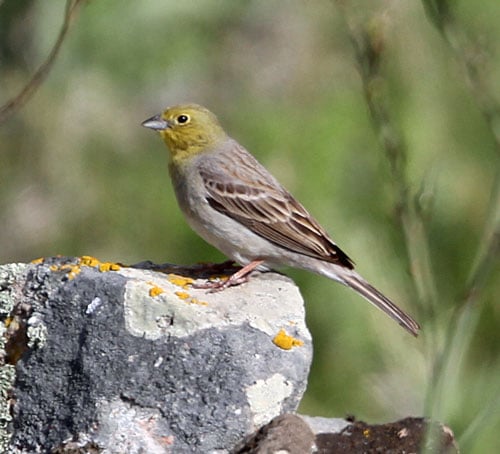 The west coast itself especially around Sigri, is a very fertile area that can be exceptionally good for migrants with incredible numbers present on a good day. It’s not unusual to see hundreds of shrikes or buntings and careful searching can reveal Wryneck, Great Snipe, Levant Sparrowhawk, Collared Pratincole, Great Reed Warbler, Lesser Grey Shrike, while flocks of Red-footed Falcons and Lesser Kestrels hunt over the fields.
The west coast itself especially around Sigri, is a very fertile area that can be exceptionally good for migrants with incredible numbers present on a good day. It’s not unusual to see hundreds of shrikes or buntings and careful searching can reveal Wryneck, Great Snipe, Levant Sparrowhawk, Collared Pratincole, Great Reed Warbler, Lesser Grey Shrike, while flocks of Red-footed Falcons and Lesser Kestrels hunt over the fields.
The pine forests on the eastern half of the island hold the other star bird of the island the 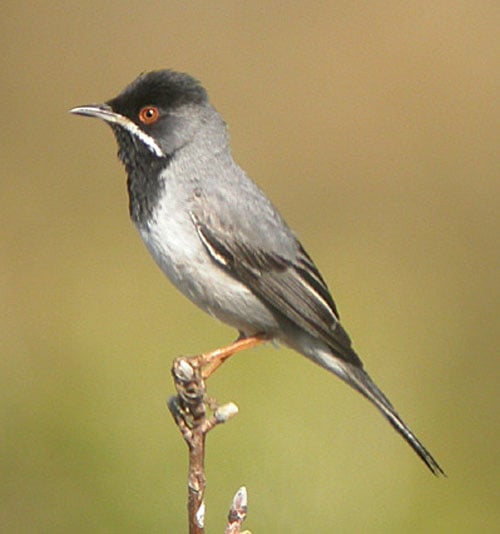 diminutive but delightful Kruper’s Nuthatch. It is not always easy to see, but we will make a special effort to catch up with this highly localised bird, which here, is on the western edge of its range. Beside the nuthatch we can also find Short-toed Treecreeper, Serin, Woodchat Shrike, and some very good flowers including many species of Orchid.
diminutive but delightful Kruper’s Nuthatch. It is not always easy to see, but we will make a special effort to catch up with this highly localised bird, which here, is on the western edge of its range. Beside the nuthatch we can also find Short-toed Treecreeper, Serin, Woodchat Shrike, and some very good flowers including many species of Orchid.
Another area we traditionally take a pre-breakfast walk, is around the inland lake, actually a small pond where Little Crake and sometimes Spotted and Baillon’s Crake can be seen very well. There is often a few Black-crowned Night-herons and Squacco Heron to be seen, while Red-rumped Swallows pose from the reed tops where they have spent the night. Reed, Sedge and Great Reed Warblers can certainly be heard and we will search for Savi’s and possibly River Warbler as well as Little Bittern. This can be a magical place early morning as the sunlight allows for stunning photography.
Birding this beautiful unspoilt island will have you wanting to return, and its not only the birdlife that can make you feel like this, as we will also search for speciality butterflies, dragonflies, reptiles and flowers.
Day 8 Depart Lesvos - 3rd May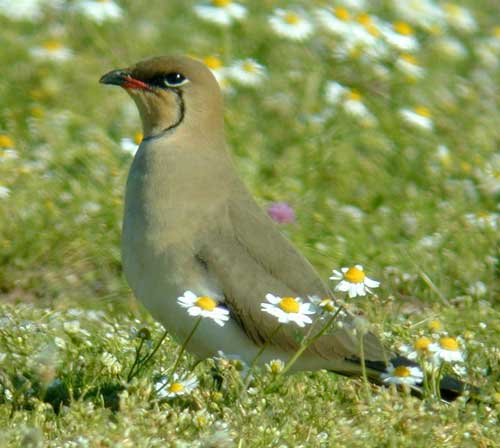
After some final birding we need to return to Mytiline for our departing flight back to the UK.
Leaders: Zoothera Guide
Airfare: £250.00 (Approx) - UK/UK
Group size: Minimum for tour to go ahead 4 leader and maximum 12 with 2 leaders.
Included in cost: Accommodation in twin rooms en-suite, all meals, ground transport throughout, and services of leaders.
Not included: International airfare, insurance, drinks, tips, and items of a personal nature.
Accommodation: Our hotel is situated right beside a reed-fringed pool with birding on our doorstep, offers en-suite 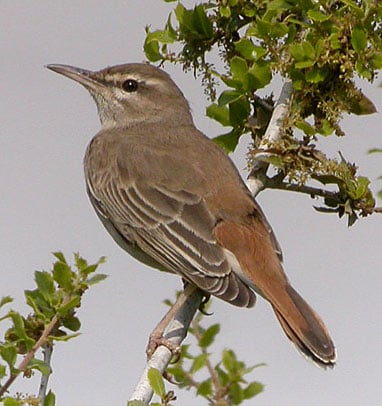 accommodation and a restaurant that provides mostly buffet style food with a wide and varied selection to suit all tastes(the best in the area). There is also a bar and a swimming pool.
accommodation and a restaurant that provides mostly buffet style food with a wide and varied selection to suit all tastes(the best in the area). There is also a bar and a swimming pool.
Tour Code: This is a standard birding tour with regular birding walks. We usually break the day into 2 sections with a pre-breakfast excursion, followed by a full day out with picnic lunch. The weather can be unsettled at this time of year, so expect some cooler weather with the chances of an odd shower. We could expect several days and sometimes all week to be bright and sunny so prepare for all eventualities.
Receive our e-newsletter:
Join the Zoothera e-mailing list for up-to-date news on new tours, tour reports and special offers.
Click Here to sign up
Recommended Books, CD's and more from NHBS. Click on - Buy from NHBS - to go straight to website!

The air holidays and flights shown are ATOL protected by the Civil Aviation Authority. Our ATOL number is 10436. Please see our Terms and Conditions for more information.
